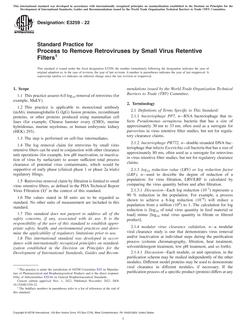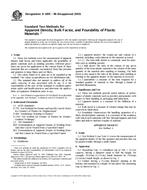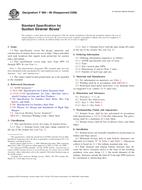1.1 This test method covers the determination of total sulfur in liquid petroleum products in concentrations from 0.01 to 0.4 mass % (Note 1). A special sulfate analysis procedure is described in Annex A1 that permits the determination of sulfur in concentrations as low as 5 mg/kg.
Note 1 – The comparable lamp method for the determination of sulfur in liquefied petroleum gas is described in Test Method D 2784. For the determination of sulfur in heavier petroleum products that cannot be burned in a lamp, see the bomb method (Test Method D 129) the quartz tube method (IP 63), or the high-temperature method (Test Method D 1552).
1.2 The direct burning procedure (Section 9) is applicable to the analysis of such materials as gasoline, kerosine, naphtha, and other liquids that can be burned completely in a wick lamp. The blending procedure (Section 10) is applicable to the analysis of gas oils and distillate fuel oils, naphthenic acids, alkyl phenols, high sulfur content petroleum products, and many other materials that cannot be burned satisfactorily by the direct burning procedure.
1.3 Phosphorus compounds normally present in commercial gasoline do not interfere. A correction is given for the small amount of acid resulting from the combustion of the lead anti-knock fluids in gasolines. Appreciable concentrations of acid-forming or base-forming elements from other sources interfere when the titration procedure is employed since no correction is provided in these cases.
1.4 The values stated in SI units are to be regarded as standard. No other units of measurement are included in this standard.
1.5 This standard does not purport to address all of the safety concerns, if any, associated with its use. It is the responsibility of the user of this standard to establish appropriate safety and health practices and determine the applicability of regulatory limitations prior to use.
Product Details
- Published:
- 12/01/2007
- Number of Pages:
- 12
- File Size:
- 1 file , 190 KB
- Redline File Size:
- 2 files , 350 KB


